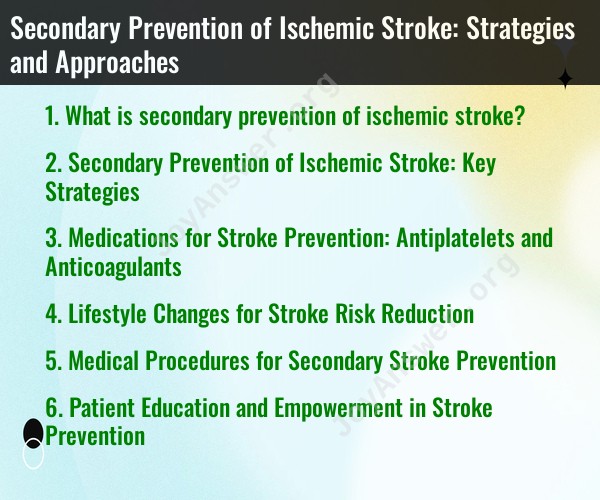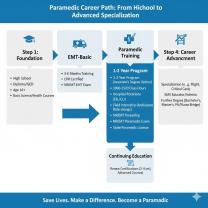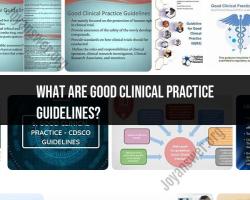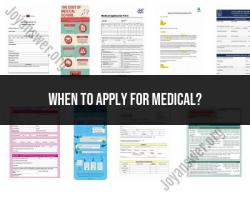What is secondary prevention of ischemic stroke?
Secondary prevention of ischemic stroke refers to a set of medical, lifestyle, and therapeutic strategies aimed at reducing the risk of a recurrent ischemic stroke in individuals who have already experienced one. An ischemic stroke occurs when blood flow to a part of the brain is blocked by a blood clot, which can lead to brain damage. Secondary prevention is critical because people who have had one stroke are at a higher risk of having another. Here are some key strategies and approaches for secondary prevention of ischemic stroke:
Antiplatelet and Anticoagulant Medications: These drugs help prevent blood clot formation and are commonly prescribed after an ischemic stroke. Common medications include aspirin, clopidogrel, and warfarin. The choice of medication depends on the underlying cause of the stroke, such as atrial fibrillation or atherosclerosis.
Blood Pressure Management: High blood pressure (hypertension) is a significant risk factor for stroke. Controlling blood pressure through lifestyle changes and medications, when necessary, is crucial for stroke prevention.
Cholesterol Control: Lowering high cholesterol levels, particularly low-density lipoprotein (LDL) cholesterol, can reduce the risk of atherosclerosis (hardening of the arteries) and recurrent strokes. Statin medications are often prescribed.
Diabetes Management: If you have diabetes, managing your blood sugar levels effectively can help reduce the risk of vascular damage and stroke.
Lifestyle Modifications:
- Healthy Diet: Adopt a heart-healthy diet that includes plenty of fruits, vegetables, whole grains, lean proteins, and low-fat dairy products. Limit salt, saturated and trans fats, and added sugars.
- Physical Activity: Engage in regular exercise, as it can help control blood pressure, maintain a healthy weight, and improve overall cardiovascular health.
- Smoking Cessation: If you smoke, quitting is essential, as smoking is a significant risk factor for stroke.
- Limit Alcohol: Moderation in alcohol consumption is advised. Excessive alcohol intake can raise blood pressure and contribute to stroke risk.
Carotid Endarterectomy: For individuals with severe carotid artery stenosis (narrowing), carotid endarterectomy may be recommended to remove plaque buildup and improve blood flow to the brain.
Antiplatelet or Anticoagulant Therapy for Atrial Fibrillation: If you have atrial fibrillation (an irregular heartbeat), anticoagulants or antiplatelet medications are often prescribed to reduce the risk of blood clots and stroke.
Lifestyle Education and Stroke Support: Education about stroke risk factors, warning signs, and lifestyle changes is essential. Stroke support groups and rehabilitation programs can also be beneficial for those who have had a stroke.
Regular Follow-Up: Frequent medical follow-up is important to monitor and manage risk factors, adjust medications, and assess the effectiveness of prevention measures.
Individualized Care: Stroke prevention strategies are tailored to the individual's specific risk factors, medical history, and needs. The approach may differ for each person.
It's crucial for individuals who have experienced an ischemic stroke to work closely with healthcare providers to develop and implement a comprehensive secondary prevention plan. Compliance with medical treatments, lifestyle modifications, and risk factor control are key to reducing the risk of recurrent strokes and promoting overall cardiovascular health.
Secondary Prevention of Ischemic Stroke: Key Strategies
Secondary prevention of ischemic stroke aims to reduce the risk of a recurrent stroke in patients who have already had one. It is important to start secondary prevention measures as soon as possible after a stroke, as the risk of a recurrent stroke is highest in the first few months.
The key strategies for secondary prevention of ischemic stroke include:
- Medications: Medications are the mainstay of secondary stroke prevention. Antiplatelets and anticoagulants are the two main types of medications used to prevent stroke. Antiplatelets work by preventing blood platelets from clumping together and forming blood clots. Anticoagulants work by thinning the blood and making it less likely to clot.
- Lifestyle changes: Lifestyle changes can also play a significant role in secondary stroke prevention. These changes include quitting smoking, eating a healthy diet, exercising regularly, and maintaining a healthy weight.
- Medical procedures: In some cases, medical procedures may be necessary to reduce the risk of a recurrent stroke. These procedures may include carotid endarterectomy (removal of plaque from the carotid arteries) or angioplasty and stenting (widening narrowed arteries).
- Patient education and empowerment: Patient education and empowerment are essential for secondary stroke prevention. Patients need to be educated about their risk factors for stroke and the steps they can take to reduce their risk. They also need to be empowered to make healthy choices and to manage their own care.
Medications for Stroke Prevention: Antiplatelets and Anticoagulants
Antiplatelets and anticoagulants are the two main types of medications used to prevent stroke.
Antiplatelets are typically the first-line treatment for stroke prevention. Common antiplatelet medications include aspirin, clopidogrel, and ticagrelor.
Anticoagulants are typically used for stroke prevention in patients with certain risk factors, such as atrial fibrillation. Common anticoagulant medications include warfarin, dabigatran, rivaroxaban, and apixaban.
Lifestyle Changes for Stroke Risk Reduction
Lifestyle changes that can help to reduce the risk of stroke include:
- Quitting smoking
- Eating a healthy diet
- Exercising regularly
- Maintaining a healthy weight
- Managing blood pressure
- Managing cholesterol levels
- Managing diabetes
Medical Procedures for Secondary Stroke Prevention
Medical procedures that may be necessary to reduce the risk of a recurrent stroke include:
- Carotid endarterectomy: This procedure removes plaque from the carotid arteries, which are the main arteries that supply blood to the brain.
- Angioplasty and stenting: This procedure widens narrowed arteries in the brain or neck.
Patient Education and Empowerment in Stroke Prevention
Patient education and empowerment are essential for secondary stroke prevention. Patients need to be educated about their risk factors for stroke and the steps they can take to reduce their risk. They also need to be empowered to make healthy choices and to manage their own care.
Patients should be educated about the following:
- Their risk factors for stroke
- The medications they are taking and their potential side effects
- The importance of lifestyle changes
- The signs and symptoms of a stroke
- What to do if they experience a stroke
Patients should also be empowered to:
- Make healthy choices about their diet, exercise, and other lifestyle habits
- Manage their own medications
- Communicate with their healthcare team about any concerns they have
By working together, patients and their healthcare team can develop a comprehensive secondary stroke prevention plan that can help to reduce the risk of a recurrent stroke.













